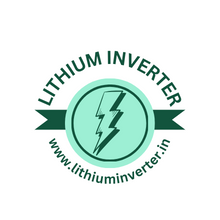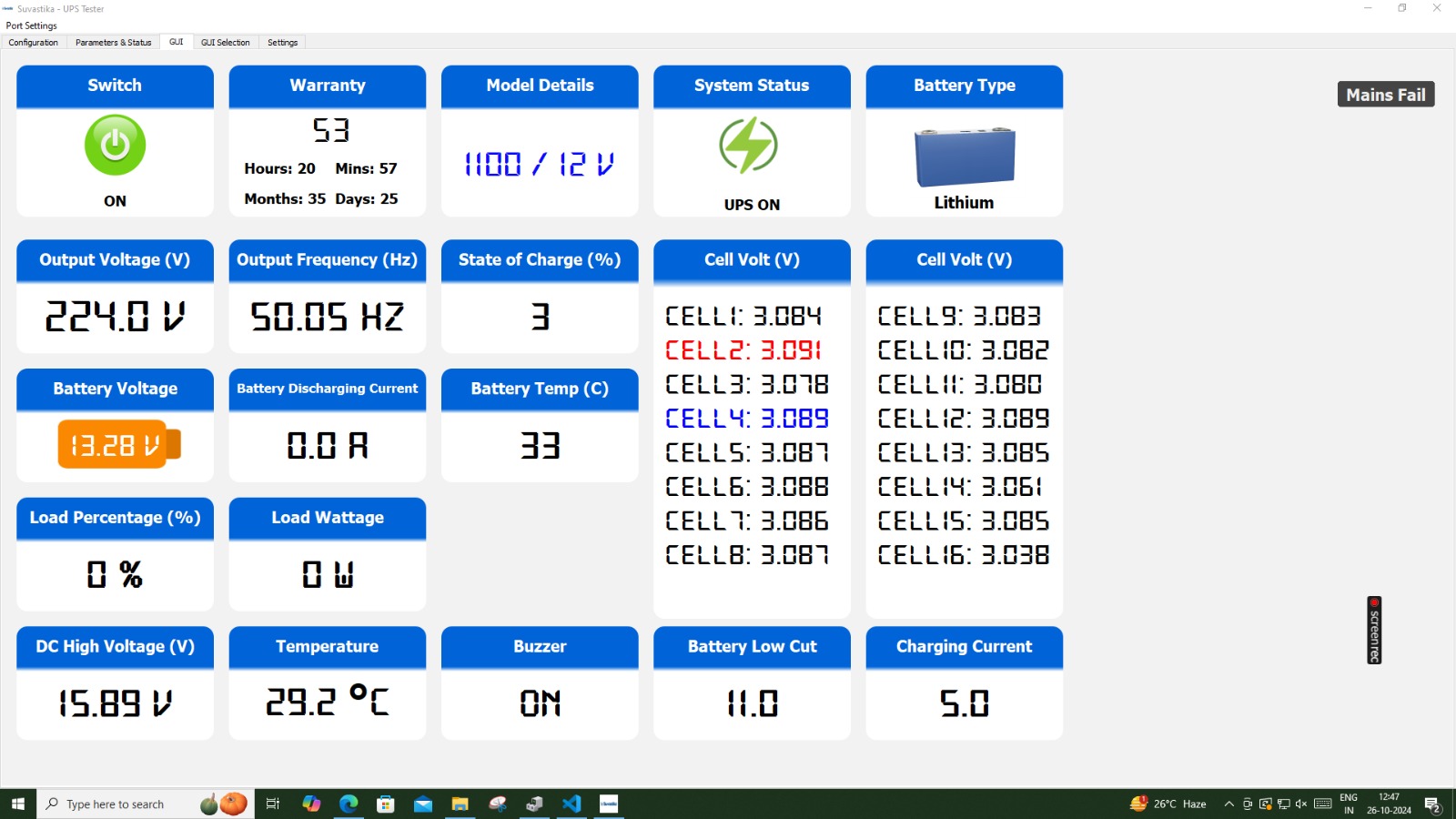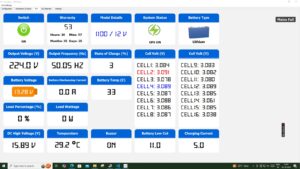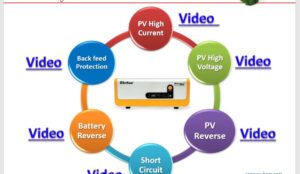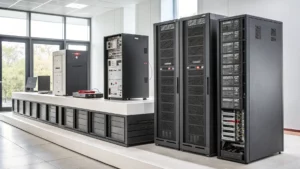The Power Shift: Why Lithium Inverters are Outsmarting Traditional Options
For years, when we thought of backup power for our homes or businesses, traditional inverters paired with bulky lead-acid batteries were the go-to. They reliably kept the lights on during outages, but let’s be honest, they came with their share of inconveniences. Now, a new contender is rapidly gaining ground: the lithium inverter. This specialized technology, designed specifically for lithium-based batteries, is not just an upgrade; it’s a revolution in how we approach power backup.
So, what exactly sets these two systems apart? Let’s dive into the key differences.
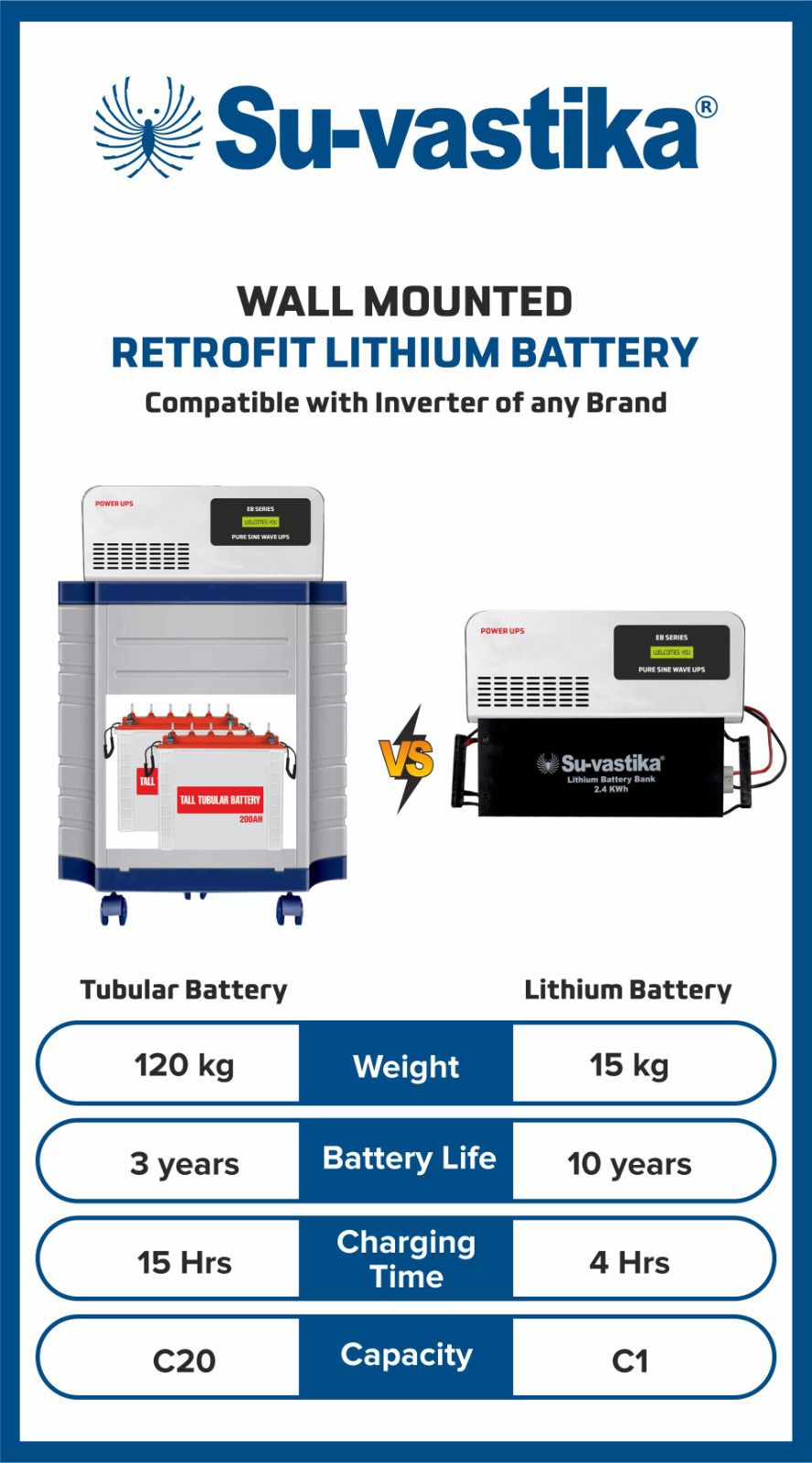
The Battery Blueprint: Size, Weight, and Chemistry
The most visually striking difference lies in the batteries themselves.
- Traditional Inverters: These rely on lead-acid batteries, which are notoriously heavy and demand a considerable amount of real estate. Picture a 200 Ah tubular lead-acid battery – it can easily tip the scales at over 60 kg and hog a significant chunk of your floor space. This often means relegating your power solution to a utility room or a discreet, out-of-the-way corner, far from your main living areas. Whereas Lithium battery of same capacity with longer backup will be just 12Kg only.
- Lithium Inverters: Designed to work with lithium batteries (like Lithium-ion, LiFePO4, or LTO), these systems benefit from the inherently compact and lightweight nature of lithium chemistry. This translates to reduced installation space and far greater flexibility in where you can place your power backup, making it much more homeowner-friendly.
Charging Smarts: Speed and Efficiency
The way these inverters charge their respective batteries is a game-changer.
- Traditional Inverters: The chargers in these units are built for the leisurely pace of lead-acid battery charging, often taking 10 hours or more to reach full capacity. Lead-acid batteries require a multi-stage charging process with varying voltages and currents, which naturally slows things down.
- Lithium Inverters: This is where lithium inverters truly shine. Their charger technology is fundamentally different, engineered for the blistering speed of lithium batteries. Newer lithium technologies can charge in as little as 10 to 15 minutes! To achieve this, the lithium inverter’s charger delivers high charging currents and features precise voltage cut-offs tailored to lithium battery requirements.
The Brain Behind the Battery: BMS Integration
One of the most critical advancements in lithium power solutions is the integration of the Battery Management System (BMS).
- Traditional Inverters: There’s typically no inherent communication or integration between the inverter and the lead-acid batteries. This lack of oversight means individual batteries in a bank can degrade unevenly, leading to premature failure of the entire system.
- Lithium Inverters: This is a core advantage. Lithium inverters are designed to communicate directly with the lithium battery’s BMS. This smart integration adds crucial layers of protection, including overload and short-circuit protection, and monitors for abnormal voltage variations between individual cells. If the BMS detects an issue or even stops working, the lithium inverter can act as a failsafe, shutting down to prevent damage. This intelligent communication also allows the inverter to adjust charging currents based on the wear and tear of the battery, significantly extending its overall lifespan.
Protecting Your Investment: Deep Discharge Prevention
Lithium batteries have a particular Achilles’ heel: deep discharge.
- Traditional Inverters: These systems don’t inherently protect lead-acid batteries from deep discharge, which can drastically shorten their lifespan.
- Lithium Inverters: A major benefit is their ability to actively prevent deep discharge. The lithium inverter monitors the battery’s low-voltage condition and will shut off the inverter in discharge mode to protect the lithium cells from permanent damage. This safeguards your investment and ensures longer battery health.
Scaling Up: High Capacity and 3-Phase Systems
This is where the differences become even more pronounced, especially for larger power needs.
- Traditional Inverters: Designing high-capacity inverters, like those used for 3-phase applications, with lead-acid batteries was a complex and often problematic endeavor. It required numerous batteries, and without communication between them and the inverter, individual batteries would often fail, compromising the entire bank. Furthermore, lead-acid batteries are typically rated at C10 or C20 capacity, meaning their usable capacity significantly degrades under higher loads, impacting the overall output and lifespan.
- Lithium Inverters: Thanks to lithium battery technology, designing larger capacity inverters has become remarkably easier. Lithium batteries are often rated at C1 capacity, meaning they can consistently deliver their stated capacity even under high loads without degrading their output or shortening their life. This, combined with the integrated BMS, allows for better management of large battery banks, making them more reliable.
Installation and Maintenance: A Breath of Fresh Air
Beyond performance, the practicalities of owning these systems vary widely.
- Traditional Inverters: The sheer number and weight of lead-acid batteries, especially for larger systems, meant significant installation time and effort. And once installed, maintenance was an ongoing chore, including regular water topping and individual battery health checks.
- Lithium Inverters: The reduced weight and compact size of lithium batteries translate to faster and easier installation. Even better, maintenance is a breeze! With built-in monitoring systems in both the BMS and the inverter, you get comprehensive insights into your battery’s status, and perhaps the best part: no water topping is required.
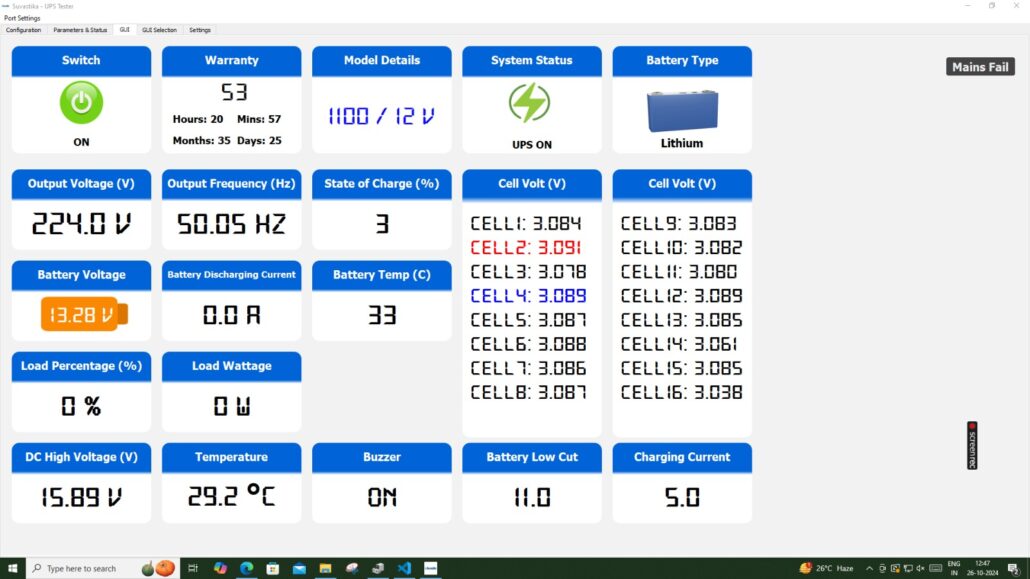
In conclusion, while traditional inverters have served us well, the advent of lithium inverters marks a significant leap forward. They offer not just a more efficient and powerful backup solution, but also one that is smarter, safer, easier to install, and requires minimal maintenance. For anyone considering a new power backup system, the advantages of a lithium inverter are clear and compelling.
